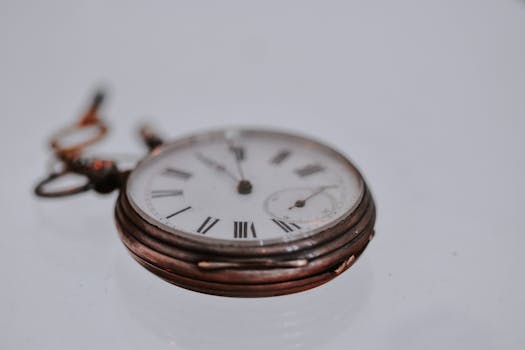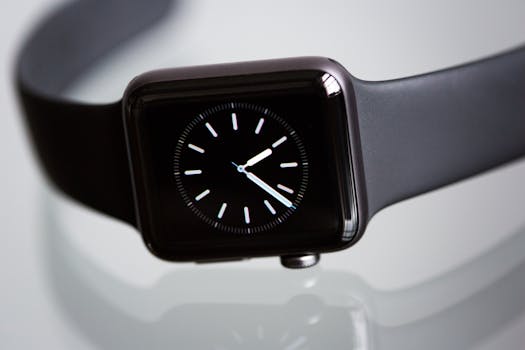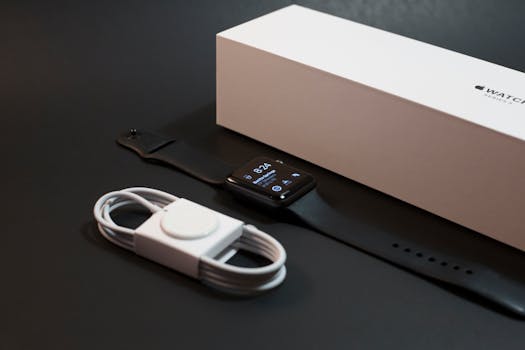
History of Watchmaking Techniques and Innovations – Watchmaking
History of watchmaking techniques and innovations is a long and fascinating one, spanning centuries and continents. From the earliest mechanical timepieces to the modern smartwatches, watchmaking has come a long way, shaped by the contributions of numerous inventors, craftsmen, and manufacturers. The evolution of watchmaking techniques has been marked by significant innovations, from the invention of the mainspring to the development of quartz crystal oscillators.
Early Beginnings: Mechanical Timepieces

The history of watchmaking began in the 16th century with the invention of the first mechanical timepieces. These early watches were powered by a mainspring, which stored energy that was released as the watch’s gears turned. The introduction of the balance wheel and the escapement mechanism allowed for more accurate timekeeping, paving the way for the development of pocket watches and eventually, wristwatches.
One of the key innovations in the history of watchmaking was the introduction of the tourbillon, a mechanism that countered the effects of gravity on timekeeping. The tourbillon, invented by Abraham-Louis Breguet in the late 18th century, revolutionized watchmaking by enabling watches to keep accurate time even when the wearer was in different positions.
Quartz Revolution: The Advent of Quartz Crystal Oscillators

The next significant innovation in watchmaking was the introduction of quartz crystal oscillators in the 1960s. Quartz crystal oscillators, which used a battery to power a quartz crystal that vibrated at a precise frequency, enabled the development of highly accurate and affordable watches. The quartz revolution, led by Japanese manufacturers such as Seiko and Citizen, transformed the watch industry, making watches more accessible to the general public.
The introduction of quartz crystal oscillators also led to the development of digital watches, which displayed time in numeric format using LED or LCD displays. Digital watches, popularized by brands such as Casio and Swatch, became a fashion statement in the 1980s and 1990s, offering a range of functions, including calculators, stopwatches, and alarms.
Modern Innovations: Smartwatches and High-Tech Materials

In recent years, the watch industry has witnessed a new wave of innovations, driven by advances in technology and materials science. The introduction of smartwatches, such as the Apple Watch and Android Wear devices, has enabled watches to connect to smartphones and offer a range of functions, including fitness tracking, notification alerts, and mobile payments.
High-tech materials, such as titanium, ceramic, and carbon fiber, have also been introduced in watchmaking, offering improved durability, scratch resistance, and lightweight construction. The use of these materials has enabled watch manufacturers to create watches that are not only stylish and functional but also highly durable and resistant to the elements.
Takeaways

- The history of watchmaking techniques and innovations spans centuries and continents.
- Significant innovations, such as the invention of the mainspring, the tourbillon, and quartz crystal oscillators, have shaped the watch industry.
- Modern innovations, including smartwatches and high-tech materials, continue to evolve the watch industry.
Conclusion

In conclusion, the history of watchmaking techniques and innovations is a rich and fascinating one, marked by significant contributions from inventors, craftsmen, and manufacturers. From the earliest mechanical timepieces to the modern smartwatches, watchmaking has come a long way, driven by innovations that have transformed the industry. As technology continues to advance, it will be exciting to see what the future holds for watchmaking and the evolution of timepieces.






